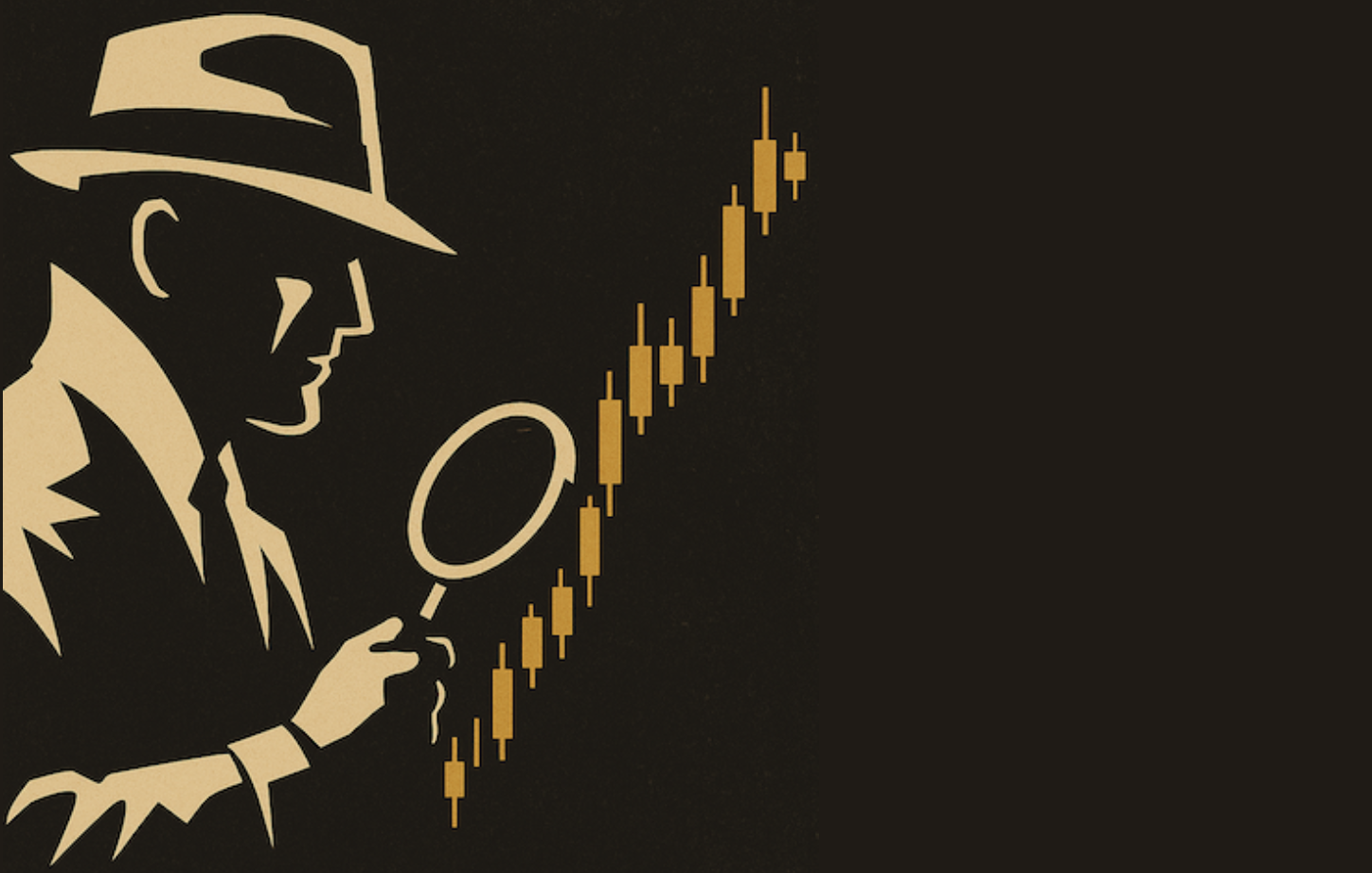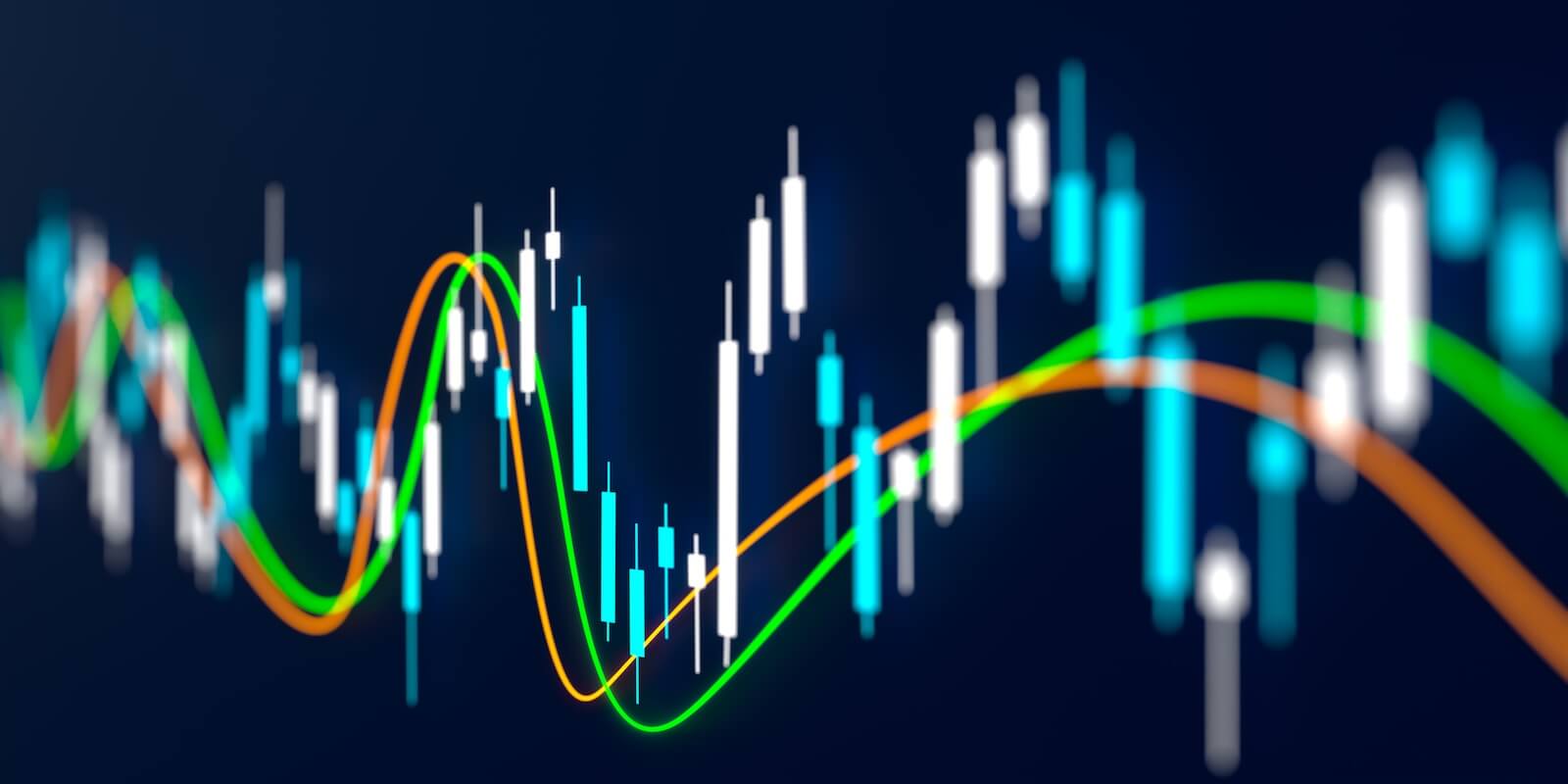SOX INDEX AND SEMICONDUCTOR HOLDERS ACHIEVE BULLISH BREAKOUT -- CHIP LEADERS ARE ANALOG DEVICES, ALTERA, AND TEXAS INSTRUMENTS -- IBM IS ANOTHER BIG BLUE CHIP COMING BACK INTO FAVOR
SEMICONDUCTOR BREAKOUT ... Last Wednesday, Arthur Hill showed Semiconductor Holders (SMH) on the verge of a bullish breakout. It achieved that breakout today (Chart 2). The reason for that can be seen in Chart 1 which shows the Semiconductor (SOX) Index busting out of a five-month holding pattern and trading at the highest level since last May. Its relative strength ratio appears to have formed a "double bottom" between January and April and is nearing a test of its March high. A close over that level would qualify the SOX as a new market leader. Chart 2 shows the upside breakout in the Semiconductor Holders being supported by strong upside volume over the last week. The relative strength ratio for the SMH has already exceeded its March high.

Chart 1

Chart 2
SOX LOOKS LIKE BULLISH TRIANGLE ... The weekly bars in Chart 3 put this week's upside breakout (purple line) in better perspective. It puts the SOX in position to challenge its early 2006 high near 550. The chart shows the SOX trading sideways since the start of 2004. The shape of the two converging (green) trendlines looks like a potential "ascending triangle". [That bullish pattern occurs when the lower line is rising and the upper line is flat]. That increases the odds for an eventual rise above the 2004-2006 highs. The relative strength ratio (solid line) shows how badly the SOX has underperformed the rest of the market. The RS ratio peaked in 2004 and has been dropping since then. The RS line is just now starting to rise. That makes chips one of the best values in the market. The monthly bars in Chart 4 reinforce that view. The ascending triangle is seen more clearly. Chart 4 also shows that the SOX/S&P ratio is starting to bounce off chart support formed when the bear market bottomed in late 2002/early 2003. That's a logical spot to expect some upside progress.

Chart 3

Chart 4
SOX LEADERS ... Three of the SOX leaders are shown below. Chart 5 shows Analog Devices already testing its 2005-2006 highs just above 40. That makes an upside breakout likely. The ADI/SOX ratio below Chart 5 shows that ADI has been a SOX leader since last summer. Altera has already achieved a bullish breakout. Chart 6 shows ALTR breaking through its spring 2006 high at 22.29. The ALTR/SOX ratio has been rising for more than year. That makes the stock a SOX leader. The strongest chart belongs to Texas Instruments. Chart 7 shows TXN moving up to challenge last spring's high at 36.24. A close over that barrier would put the stock at the highest level in more than five years. If you're not a stock picker (or are unsure which one to buy), consider the Semiconductor Holders. That way you can get a piece of all of them.

Chart 5

Chart 6

Chart 7
SOX RALLY AIDS NASDAQ 100 BREAKOUT... With stocks like Altera (+8%) leading the way, the Nasdaq 100 Shares (QQQQ) are trading over their 2007 highs at 45.55. The Nasdaq usually does a lot better when it's getting help from semiconductors as it is today. The semiconductor breakout increases the odds for a similar breakout in the Nasdaq market. The Nasdaq Composite isn't far behind the Nasdaq 100. The ratio line below Chart 8 plots the QQQQ divided by the Nasdaq Composite Index. The rising ratio means that larger technology stocks are starting to pull the entire Nasdaq market higher. We've seen that same pattern of new leadership coming from larger stocks throughout the entire market. A good example of that new trend is today's big jump in IBM.

Chart 8
IBM LEADS DOW HIGHER ... I don't want to give the impression that all of today's technology buying is in semiconductors. It just so happens that the day's 4.5% gain in IBM makes it the day's biggest Dow leader. And it's rising on strong volume. The monthly bars in Chart 9 put Big Blue's long-term trend in better perspective. They show the big technology stock on the verge of a new five-year high. Also encouraging is the upturn in its relative strength line since last summer. Chart 10 takes a closer look at the IBM/Dow ratio. It shows that IBM has been a Dow underachiever since the start of 2002 (five years ago). The good news is that the ratio broke its downtrend line late last year (see arrow) and has been trading sideways since then. The two-year ratio trend in the light blue box looks like a "head and shoulders" bottom in the making. A close over its early 2007 high would confirm that. IBM is another example of a big blue chip starting to come back into favor after several years of neglect.

Chart 9

Chart 10











